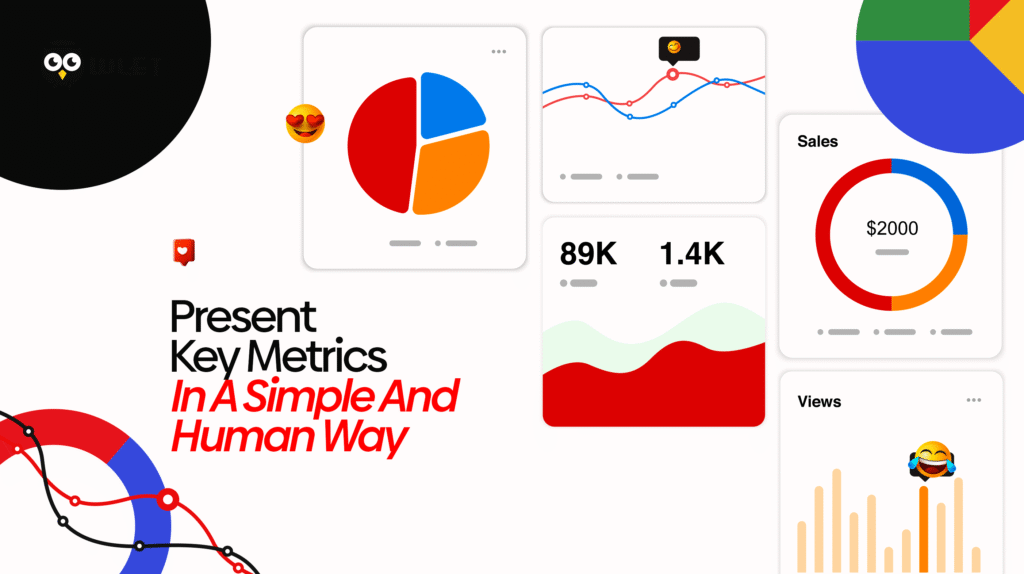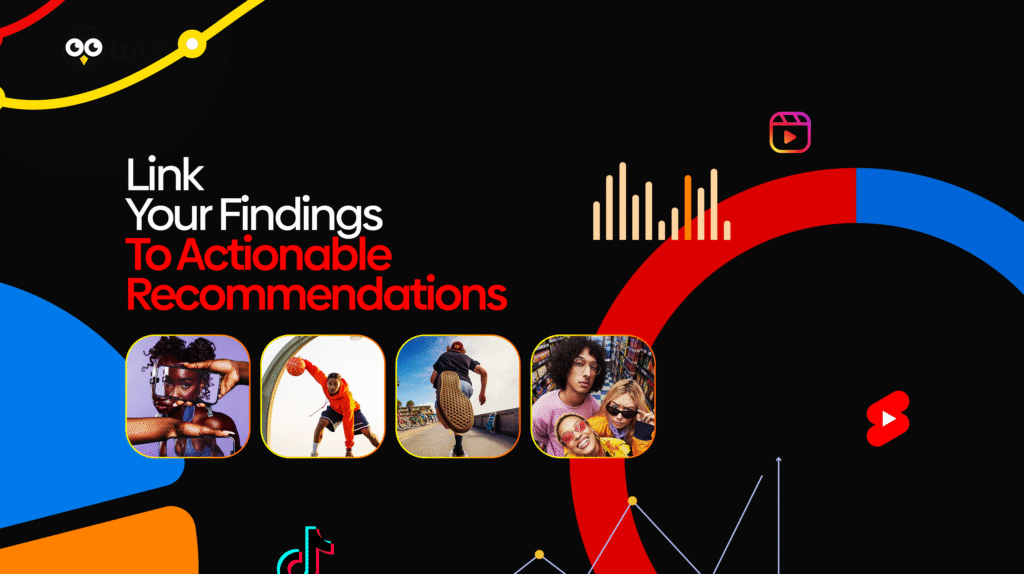
Most social media managers will agree with us when we say that most of our clients do not really understand the data they receive. They flip through the pages, nod politely, and close the file without fully grasping what the numbers mean for their business, company or brand. The challenge is not that clients are not smart or curious. It is that many reports are written for platforms instead of people. If you want to stand out as a professional, you must know how to create social media report formats that anyone can read and understand immediately.
To do this, you have to tell a clear story. A social media report is not a dump of analytics. It is a narrative that connects actions to outcomes. It is a structured explanation of what you posted, what worked, what did not, and what you plan to improve next. When a client reads your document and can tell what happened at first glance, you have succeeded.
This article will break down how to create social media report structures that are client friendly, visually neat, and insightful. You will learn the essential elements to include, the mistakes to avoid, and how to deliver reports that strengthen your relationship with clients instead of confusing them. You will also see how tools like Owlet help streamline your process. Below are steps on how to create social media report.
Start With Clear Objectives And Strategy
Before you jump into data, you must set the foundation. When figuring out how to create social media report documents that clients understand, begin with a clear restatement of the agreed strategy. Clients forget things. This section helps them remember what the goals were at the start of the month.
Explain the overall objectives of the campaign. What was the focus? Was it for awareness? Engagement? Community building? Briefly remind them of your content themes for the month and any experiments that were planned. This gives context before you present numbers.
Many social media managers skip this simple step, but it is the first real answer to how to create social media report formats that feel complete. Without context, data is just scattered information.
State the primary goal. Then state the secondary goal. Then state the approach you used. Keep it short. Keep it direct. And keep it friendly for readers who are not familiar with technical platforms.
Present Key Metrics In A Simple And Human Way

Now we get to the heart of analytics. The biggest mistake managers make is flooding the client with too much information. When exploring how to create social media report content, clarity must always come before volume.
Select the most important metrics:
- Reach
- Impressions
- Engagement rate
- Profile visits
- Link clicks
- Follower movement
- Best performing post
- Worst performing post
You do not need to include every single detail from the platform dashboard. Your job is to translate, not overwhelm.
When deciding how to create social media report explanations for each metric, write it as a sentence first, then include the number. For example:
- Your content reached 20,000 unique users this month which is an increase of 15% from last month.
Use charts where necessary, but keep them clean. Avoid adding too many colours or shapes. Simplicity helps clients follow the story of the data without feeling lost.
If you want to cross check your layout or confirm best practices, guides from trusted platforms like Sprout Social offer reliable metric explanations that you can learn from. It is a good external reference point when navigating how to create social media report styles used globally.
Break Down Insights, Wins, And What They Mean For The Client
Numbers are important, but insights are what clients truly care about. If you want to master how to create social media report writing, you must be able to interpret the data and connect it to real business outcomes.
- Explain why a post performed well.
- Explain why a piece of content underperformed.
- Explain what trend you observed across the month.
- Explain how audience behaviour changed.
Include a short section that highlights:
- What worked
- What did not work
- What surprised you
- What needs to change
This is where your expertise shines. Anyone can screenshot analytics, but not everyone can translate analytics into insight. The ability to break things down simply is the skill that determines whether you know how to create social media report content effectively.
Link Your Findings To Actionable Recommendations

A beautiful social media report without a clear action plan is incomplete. When thinking about how to create social media report plans that help your clients grow, always include recommendations.
This part should answer one question. What will we do next? You can suggest:
- Posting more Reels
- Running a focused paid campaign
- Switching to a new content theme
- Improving storytelling
- Testing a new posting schedule
- Trying new content categories
- Adjusting the call to action
Clients appreciate clarity and direction. They want to feel that the numbers they reviewed will influence what happens next.
How Owlet Helps You Create Client Friendly Social Media Reports
While writing reports can be tedious, Owlet makes the entire process smoother through its AI powered writing tools. When figuring out how to create social media report documents faster, Owlet helps users turn raw data into clean paragraphs, summaries, and structured explanations.
If you want to summarise analytics, you can use the Owlet writing features. If you want to generate a simple explanation of a chart, Owlet can help you phrase it neatly. If you want to build recommendations but struggle with wording, Owlet can support you with a draft that you can polish.
This means you do not waste time writing from scratch. You gather your data, gather your insights, and let Owlet help you express them clearly. For social media managers with multiple clients, Owlet makes how to create social media report tasks easier and more consistent.
Use Visuals Wisely to Guide Understanding
A major part of how to create social media report writing is the visual presentation. You want to use charts, snapshots, examples, and colour codes with purpose. Clients respond strongly to visuals, especially when the visuals are clear and meaningful.
- Use bar charts for growth trends.
- Use line graphs for month to month changes.
- Use a simple table for comparisons.
- Use images to show top performing content.
Avoid overwhelming layouts. When thinking about how to create social media report visuals, remember that clarity creates confidence. A clean layout builds trust and makes you look organised.
Keep The Report Short, Structured, And Easy To Scan
Finally, one of the most underrated parts of how to create social media report preparation is length management. Your report must be thorough but not too lengthy. Clients have limited attention span and even less patience. A structured report with clear headers, short explanations, and a logical order will always perform better than a long scattered one.
Aim for:
- One page introduction
- One to two pages of metrics
- One page insights
- One page recommendations
- Optional appendix for deep data
Clients appreciate brevity. It shows that you respect their time and understand what really matters.
Once you master this structure, you will no longer wonder how to create social media report content that wins client approval. You will simply follow a tested formula.
Conclusion
Creating a social media report your clients will actually understand is a skill every professional must master. The key is clarity, simplicity, and storytelling. If you follow the structure shared in this article, you will never be confused about how to create social media report content again. You will go from being a typical social media manager to a trusted advisor whose reporting inspires confidence.
If you want more guidance after learning how to create social media report, you should also read Owlet’s article on 6 Best Social Media Management Tools For Nigerian Creators. It offers a clear overview of tools that can support your work, especially if you manage multiple accounts and need advanced features that improve workflow and performance.As you refine your reporting style, remember that clients appreciate transparency, insight, and direction.
The more intentional you are with your process, the more impressive your results will be. Stay consistent, keep improving your approach, and use tools like Owlet to support your growth. In time, you will become the kind of manager clients trust completely because you know exactly how to create social media report documents that make sense.
